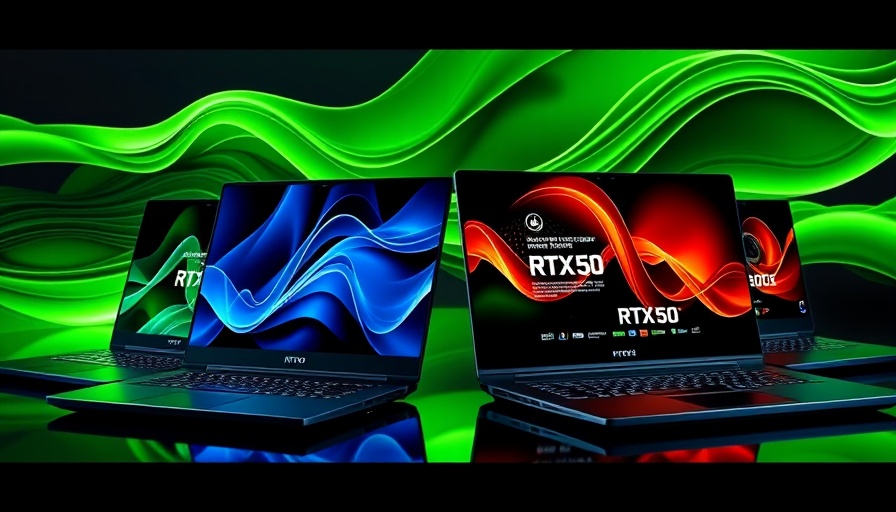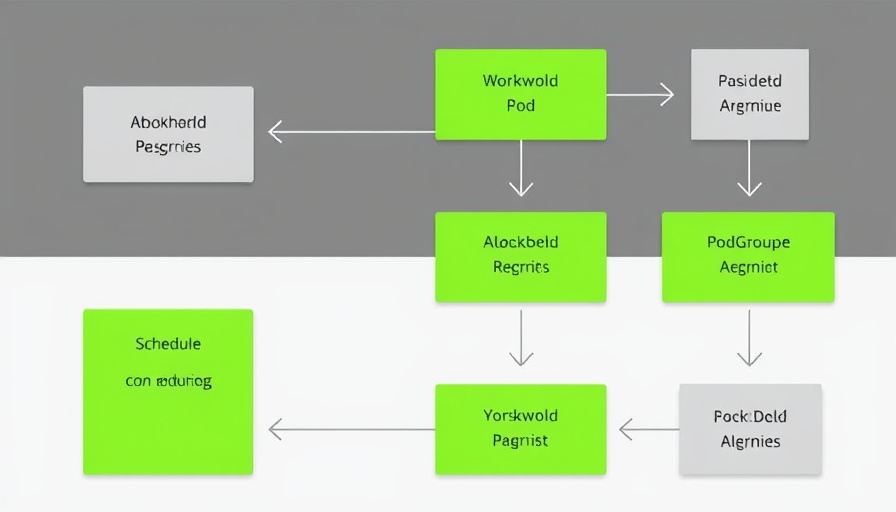
Nvidia's Push for Transparency in Graphics Power
Nvidia is making waves in the laptop market by mandating that manufacturers explicitly disclose power specifications for laptops equipped with the new GeForce RTX 50 GPUs. This initiative addresses a persistent issue that has plagued buyers: the lack of transparency regarding power consumption and performance benchmarks. For too long, consumers have found themselves in a fog of ambiguity when deciding between seemingly similar laptop models. Often, details such as Total Graphics Power (TGP) and Dynamic Boost features were glossed over or omitted entirely, leading to confusion and disappointment.
Why TDP Values Matter for Consumers
The introduction of mandatory TDP disclosures will enable consumers to make more informed choices when purchasing laptops. With a clearer understanding of how much power a GPU consumes during operation, buyers can determine whether a particular model aligns with their performance needs or energy efficiency goals. As noted by ComputerBase, Nvidia is committed to collaborating with manufacturers to provide these critical graphics power disclosures on their websites.
Reactions from Laptop Manufacturers
While some companies have jumped on board quickly, offering comprehensive specifications for their RTX 50 models—like Asus with its ROG Scar 18 and MSI with the Titan 18 HX—others have been more hesitant. This divide may reflect the varying readiness of brands to adapt to Nvidia’s new expectations. The manufacturers' compliance is crucial; with clearer specifications, consumers can avoid shelling out cash for high-end models that may not deliver the performance advertised.
Understanding Total Graphics Power and Its Implications
Total Graphics Power (TGP), which includes the Total Design Power (TDP), can influence everything from gaming performance to battery life. An impending laptop could promise high-end gaming with powerful specifications, but without proper disclosures, buyers may end up with underwhelming performance metrics. By standardizing these disclosures, Nvidia is setting a new benchmark for transparency that could reshape buyer expectations across the market.
A Step Towards Fairer Marketing Practices
This move could encourage healthier competition among laptop manufacturers, as those that prioritize transparency will likely appeal more to savvy consumers. When purchasing devices in an ever-evolving tech marketplace, ensuring all critical specifications are presented upfront is crucial. Consumers looking at RTX 50 GPUs can expect to see clearer and more informative listings that better match their power demands and budgetary constraints.
Future of Laptop Gaming and Graphics Performance
Looking ahead, this approach may also bear implications on how future consumer technology is marketed. As the demand for more portable yet powerful devices continues to grow, clear specifications could highlight energy efficiency and performance—elements that eco-conscious consumers increasingly value. An informed consumer is empowered, and as Nvidia steps forth with this initiative, it could usher in a new era of accountability among tech giants.
Actionable Insights for Consumers
For prospective buyers, keeping a vigilant eye on the TGP and TDP values when considering a new laptop is vital. It allows comparisons across different brands and models, helping ensure you select a device that meets your performance expectations without falling for misleading marketing tactics. As Nvidia leads the charge toward transparent power specs, consumers now have the tools to make smarter purchasing decisions.
For those keen on squeezing the most out of their future technology investments, paying attention to these new disclosures will be essential.
 Add Row
Add Row  Add
Add 




 Add Row
Add Row  Add
Add 

Write A Comment